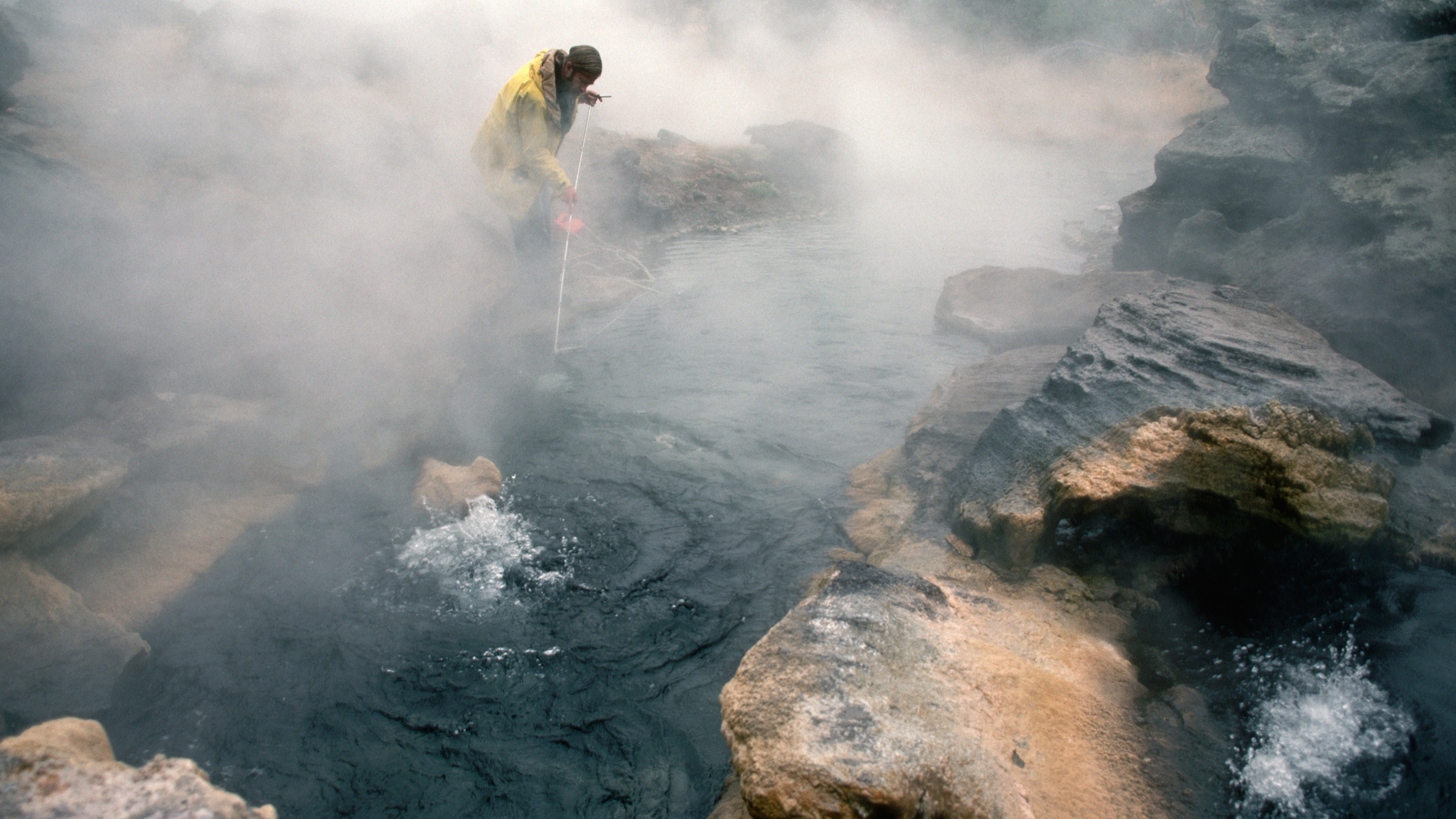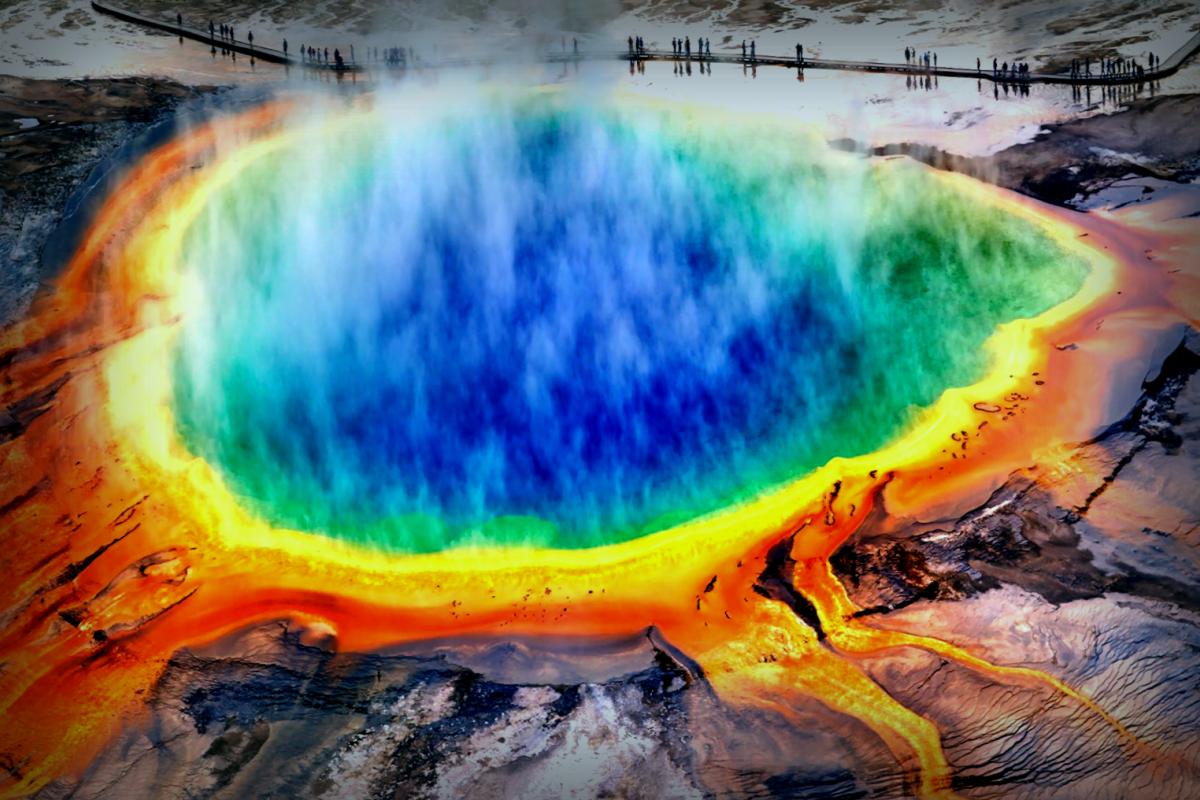It’s been 10 years since scientists found large quantities of helium beneath Yellowstone, but the question still lingers: can this helium be extracted to tackle urgent shortages? A new study centered on ancient rocks in Yellowstone and two other spots sheds light on this issue.
This research, which came out on April 5 in the International Geology Review, explored areas known for releasing concentrated helium without harmful methane emissions. Since helium is primarily produced as a byproduct of natural gas (which contains methane), the search for cleaner sources is essential to combat global warming effectively.
According to lead researcher Ernest Mulaya, a structural geologist from the University of Dar es Salaam, the team focused on finding helium free from fossil fuel sources.
The breakthrough came in 2016 when geologists identified massive helium reserves near Lake Rukwa in Tanzania. The following year, the researchers defined the geological conditions necessary for “carbon-free” helium extraction.
Related: Map Reveals ‘Gold’ Hydrogen Reserves Present Beneath 30 US States
The study involved three locations: Yellowstone in the U.S., Bakreswar-Tantloi in eastern India, and Rukwa Rift in Tanzania, all possessing the right conditions for potential helium production. All these sites are geothermally active, characterized by heat from Earth’s interior that creates unique geological features like geysers and hot springs.
Harnessing Heat for Helium
Geothermal energy is crucial for extracting carbon-free helium as it facilitates the release of helium atoms from deep within rocks. These helium atoms form as uranium and thorium decay over billions of years, as explained by study co-author Jon Gluyas, a geoenergy expert from the University of Durham. The helium remains trapped in mineral crystals until these crystals encounter sufficient heat.
“When the temperature surpasses what we call the closure temperature of the mineral, helium starts to eject,” Gluyas noted.
This released helium later mixes with water or brine moving through rock cracks, potentially compressing into concentrated gas pockets that drift up to the surface. In certain areas, like near Babbitt, Minnesota, Earth’s crust can seal these helium traps, leading to significant gas concentrations.
These helium reserves are vital because they can mitigate the global shortage of helium, which plays an indispensable role in cooling for rockets, reactors, superconductors, and medical equipment, at a time when suppliers might increasingly find it difficult to keep pace with burgeoning demand.
The Ancient Source of Helium
The early helium discoveries in Tanzania encouraged scientists to think that other geologically similar locations might be lucrative in offering carbon-neutral helium. Apart from being geothermally active, Rukwa Rift sits atop ancient rocks enriched in uranium and thorium, hinting at the time needed for helium formation.
Yellowstone and Bakreswar-Tantloi also rest on these ancient helium-producing strata. Yellowstone’s foundation is rooted in the Wyoming Craton, boasting rock formations over 3.5 billion years old. Faults on the caldera’s edges may act as conduits, allowing helium to accumulate.

However, Gluyas mentioned that a sealed reserve beneath Yellowstone is unlikely. Instead, the park operates like a conduit system, letting helium escape into the atmosphere—about 66 tons annually—through the hot springs and steam vents, as discovered in 2014.
That being said, capturing all that escaping helium is unrealistic, Gluyas adds.
Helium originating from the Wyoming Craton might be confined in adjacent reservoirs. “It’s possible there are areas around Yellowstone that trap helium post-release,” Gluyas suggested.
The exciting conclusion of this study is that “promising conditions exist at all three sites,” remarked Mulaya. “This encourages exploration and potential extraction.”
Drilling results from helium sites near Babbitt indicate the feasibility of producing carbon-free helium, with extraction showing high concentrations of the gas available.
“There’s a bright future for helium to address the current shortages,” Mulaya expressed optimistically.



















